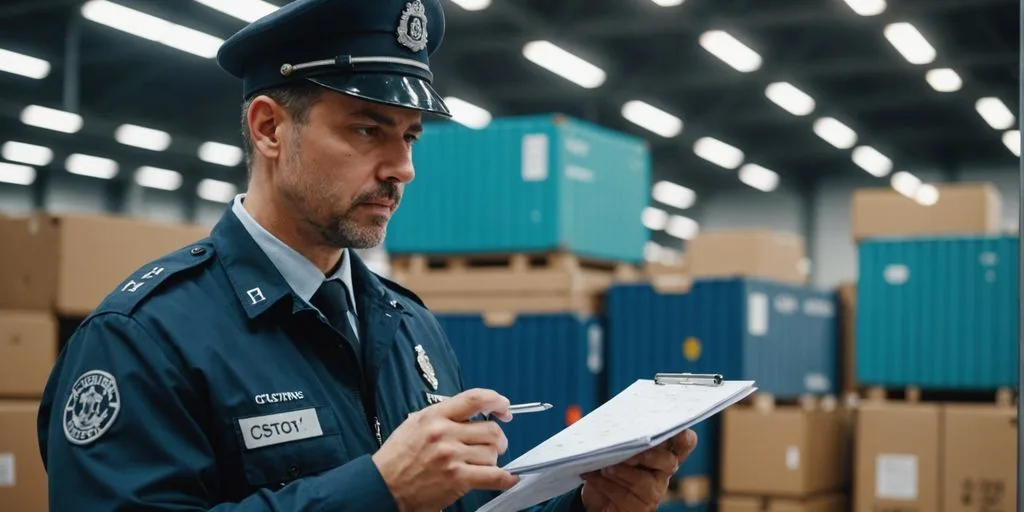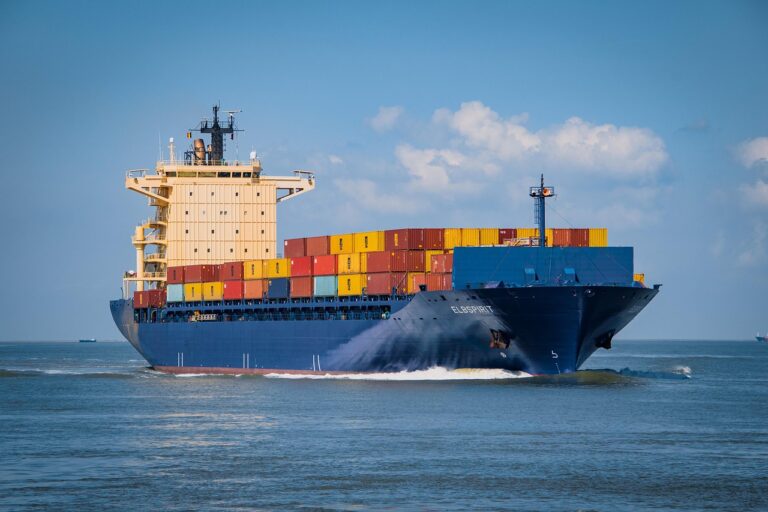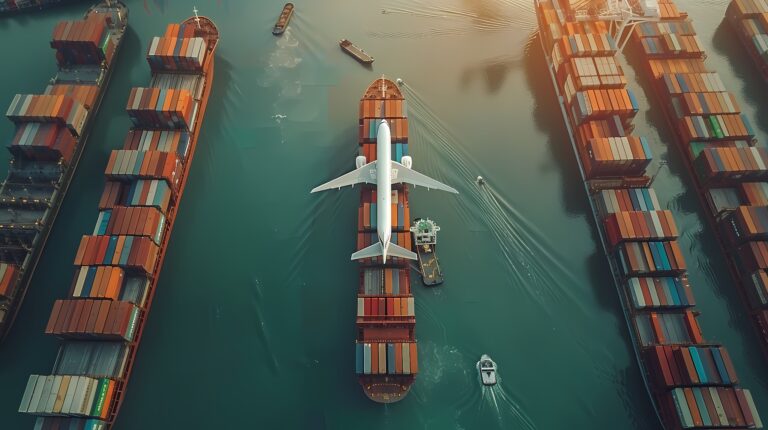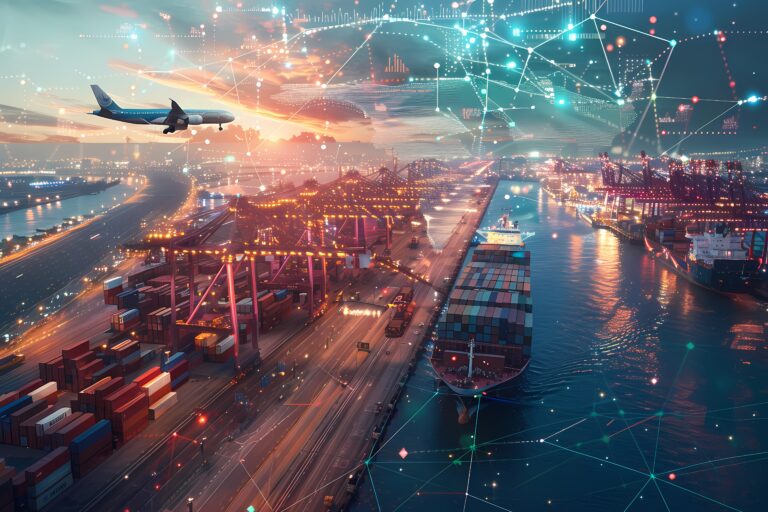Customs clearance is an integral part of international trade, and mastering it is essential for importers and exporters seeking successful global operations. In this comprehensive guide, we will decode the mysteries of customs clearance, providing you with invaluable insights, expert advice, and practical checklists to ensure your shipments sail smoothly through international borders. Navigating the customs clearance process requires meticulous attention to detail, adherence to regulations, and effective communication with customs authorities and customs brokers. The efficiency of this process can significantly impact the speed at which your goods are cleared and delivered.
Key Takeaways
- Understanding the customs clearance process is crucial for successful international trade.
- Proper documentation and compliance are non-negotiable to avoid delays and penalties.
- Leveraging technology can significantly enhance the efficiency of customs clearance.
- Working with experienced customs brokers can simplify the clearance process.
- Staying updated with evolving regulations is essential for maintaining compliance.
Understanding the Customs Clearance Process
Customs clearance is the pivotal process that permits goods to enter or exit a country’s borders. It involves adhering to the regulations set by each country, presenting accurate documentation, and paying the necessary duties or taxes. Understanding the significance of customs clearance is crucial for importers and exporters alike.
Essential Documentation for Smooth Customs Clearance
Proper documentation is vital for customs clearance. This includes commercial invoices, packing lists, bills of lading, and certificates of origin. Each document serves a specific purpose and provides necessary information about the goods, their value, and origin. Accuracy and completeness of documentation are crucial to avoid delays or penalties.

Clearing customs successfully begins with proper documentation. The primary documents essential for customs clearance include the Bill of Lading, Commercial Invoice, Packing List, Certificate of Origin, and Customs Declaration. These documents serve as your cargo's identification and provide authorities with the necessary information about its nature, value, origin, and destination.
Commercial Invoice
The commercial invoice is a critical document that provides detailed information about the goods being shipped. It includes the buyer and seller details, description of the goods, quantity, price, and terms of sale. This document is used by customs authorities to determine the value of the goods for duty calculation.
Bill of Lading
The Bill of Lading serves as a contract between the shipper and the carrier. It provides evidence of the shipment and outlines the terms and conditions under which the goods are transported. This document is essential for the release of goods at the destination port.
Packing List
The packing list details the contents of each package in the shipment. It includes information such as the weight, dimensions, and contents of each package. This document helps customs officials verify the shipment's contents and ensures that everything is accounted for.
Ensuring smooth customs clearance requires meticulous preparation and adherence to documentation requirements. Incomplete or erroneous paperwork can lead to delays, fines, or even confiscation of your cargo.
Navigating Customs Tariffs and Duties
Navigating the landscape of customs tariffs and duties can be complex, but it's a critical aspect of international trade. Proper classification and assessment of these charges can significantly impact the cost-effectiveness of your imports and exports.
Customs tariffs and duties are an integral part of international trade, and understanding them is crucial for importers and exporters alike. These charges are typically imposed by governments to generate revenue, protect domestic industries, and regulate trade.
Calculating Customs Duties
Customs duties are generally the responsibility of the importer and are usually calculated as a percentage of the total value of the goods ("ad valorem").
Exemptions and Reductions
Certain goods may qualify for exemptions or reductions in customs duties based on trade agreements, the nature of the goods, or their intended use. It's essential to stay informed about these possibilities to optimize your import/export strategy.
Proper classification and assessment of these charges can significantly impact the cost-effectiveness of your imports and exports.
Compliance and Regulatory Requirements
Importance of Compliance
Adhering to customs regulations is crucial to avoid penalties or delays. This includes compliance with import restrictions, prohibited goods, and trade sanctions. Staying updated with changes in regulations and maintaining proper record-keeping practices are essential for smooth customs clearance.
Regulatory compliance is non-negotiable. Coordinators stay updated with international shipping regulations, ensuring shipments comply with customs requirements, import/export restrictions, and industry-specific regulations. Accurate documentation is maintained to facilitate smooth customs clearance.
Common Regulatory Challenges
Navigating legal and regulatory requirements can be complex. Import-export operations are subject to various legal and regulatory frameworks. Entrepreneurs must familiarize themselves with customs regulations, trade agreements, and documentation procedures. For example, when exporting agricultural products, compliance with phytosanitary regulations ensures the products meet the importing country's standards.
Staying Updated with Regulations
Compliance with these restrictions is essential to avoid legal repercussions. Coordinators stay updated with international shipping regulations, ensuring shipments comply with customs requirements, import/export restrictions, and industry-specific regulations. Accurate documentation is maintained to facilitate smooth customs clearance.
Strategies for Efficient Customs Clearance
Pre-Clearance Preparation
Ensuring smooth customs clearance begins with thorough pre-clearance preparation. This involves gathering all necessary documentation, verifying the accuracy of information, and understanding the specific requirements of the destination country. By following customs clearance instructions as needed, you can avoid common pitfalls that lead to delays.
Leveraging Technology
Leveraging technology is crucial in modern customs clearance. Automated systems can streamline the process, reducing the likelihood of errors and speeding up the clearance of goods. Implementing data management tools helps in maintaining accurate records and ensures timely submission of documents.
Working with Experienced Partners
Partnering with experienced customs brokers and logistics providers can significantly enhance the efficiency of your customs clearance process. These experts have in-depth knowledge of regulations and can navigate complex procedures, ensuring timely payment of any outstanding fees and minimizing the risk of setbacks.
Effective communication with customs authorities and brokers is key to overcoming challenges and ensuring a smooth clearance process.
Overcoming Common Customs Clearance Challenges
Navigating the customs clearance process requires meticulous attention to detail, adherence to regulations, and effective communication with customs authorities and customs brokers. The efficiency of this process can significantly impact the speed at which your goods are cleared and delivered.
Dealing with Delays
Delays in customs clearance can result from a heavy workload for customs authorities or unanticipated issues. To avoid this, ensure you have allotted enough time for the procedure and keep the lines of communication open with your partners. Properly declaring the value of the goods and having all necessary documentation ready can also help mitigate delays.
Handling Discrepancies
Discrepancies in documentation or shipment details can lead to significant delays and penalties. It's crucial to double-check all documents for accuracy and consistency. Implementing a robust internal review process can help catch errors before they become problems.
Mitigating Risks
The challenges with the customs clearance process are usually caused by poor oversight. To mitigate risks, establish a comprehensive compliance program that includes regular training for staff, audits, and updates on regulatory changes. This proactive approach can help you stay ahead of potential issues and ensure a smoother customs clearance process.
Effective communication and meticulous preparation are key to overcoming common customs clearance challenges.
The Role of Technology in Modern Customs Clearance
Automated Systems
Technology has played a significant role in simplifying customs procedures and trade facilitation. Automated systems for customs clearance, such as electronic data interchange (EDI), streamline the submission and processing of documentation. This not only speeds up the process but also reduces the likelihood of errors due to manual entry.
Data Management
Effective data management is crucial for efficient customs clearance. Advanced technology solutions enable the collection, storage, and analysis of large volumes of data, ensuring that all necessary information is readily available and accurate. This facilitates better decision-making and compliance with regulatory requirements.
Future Trends
The future of customs clearance is likely to see even greater reliance on technology. Emerging trends include the use of artificial intelligence (AI) and machine learning to predict and resolve potential issues proactively. Blockchain technology is also being explored for its potential to enhance transparency and security in the customs clearance process.
Leveraging technology in customs clearance not only saves time but also minimizes the risk of errors that could lead to delays or fines.
Conclusion
Customs clearance is an integral part of international trade, and mastering it is essential for importers and exporters seeking successful global operations. With the insights, knowledge, and guidance provided in this comprehensive guide, you are well-equipped to navigate the customs clearance process with confidence. Remember, compliance, meticulous record-keeping, and staying informed about evolving regulations are your allies in the world of customs clearance. By following the best practices outlined in this guide and utilizing the provided checklists, you can ensure that your imports and exports reach their destinations smoothly and efficiently, contributing to your global trade success.
Frequently Asked Questions
What is customs clearance and why is it important?
Customs clearance is the process of getting goods approved by customs authorities for import or export. It is crucial because it ensures compliance with international trade regulations, helps avoid legal issues, and facilitates the smooth movement of goods across borders.
What are the key steps in the customs clearance process?
The key steps include preparing necessary documentation, submitting the documents to customs authorities, paying any applicable duties and taxes, and getting the goods inspected and approved by customs.
What documents are commonly required for customs clearance?
Commonly required documents include the commercial invoice, bill of lading, packing list, and any necessary certificates of origin or permits.
How can customs brokers assist in the customs clearance process?
Customs brokers are licensed professionals who specialize in navigating customs regulations. They can assist with document preparation, submission, and communication with customs authorities to ensure a smooth clearance process.
What are customs duties and how are they calculated?
Customs duties are taxes imposed on imported goods. They are calculated based on the value, type, and origin of the goods, as well as the applicable tariff rates set by the importing country.
How can I stay updated with changing customs regulations?
Staying updated with changing customs regulations involves regularly consulting official customs websites, subscribing to industry newsletters, and working with experienced customs brokers who are knowledgeable about the latest regulatory changes.



